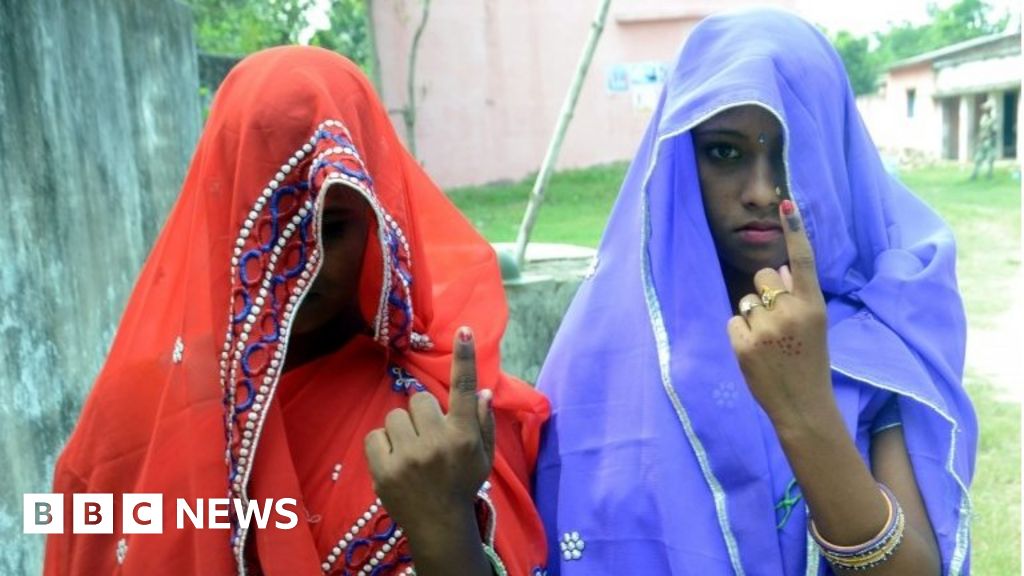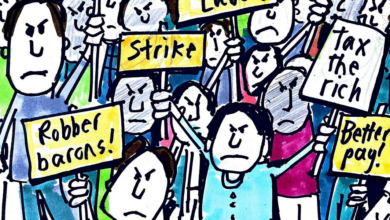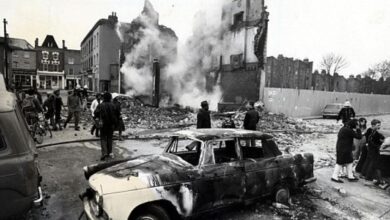
Why Caste Still Matters in Indian Politics
Why caste still matters in Indian politics is a question that continues to resonate deeply within the nation’s social and political fabric. It’s a complex issue, woven into the very threads of India’s history, and understanding its enduring influence requires delving into centuries of social stratification and the ways in which those divisions have been manipulated and exploited for political gain.
From the pre-independence era to the present day, the shadow of caste has loomed large over electoral strategies, policy debates, and even the very formation of governments. This isn’t just about numbers; it’s about power, identity, and the ongoing struggle for equality in a nation grappling with its past and striving for a more equitable future.
This exploration will examine the historical roots of caste-based politics, analyzing how socioeconomic factors perpetuate the system, and how caste intersects with other forms of identity politics. We’ll look at the role of caste in electoral processes, the impact of reservation policies, and the ways in which contemporary events and social media continue to shape the narrative. Ultimately, understanding why caste remains such a potent force requires a nuanced look at the deeply entrenched social structures and the ongoing political realities of modern India.
Historical Roots of Caste in Indian Politics: Why Caste Still Matters In Indian Politics

The intertwining of caste and politics in India is a complex legacy, deeply rooted in the country’s social structure and its historical trajectory. Understanding this relationship requires examining its evolution from pre-independence struggles to the contemporary political landscape. The influence of caste on voting patterns and party strategies has profoundly shaped the nation’s political development.
Caste Politics in the Pre-Independence Era
Before India’s independence, caste played a significant, albeit often indirect, role in politics. While the Indian National Congress initially attempted a broad-based, inclusive approach, the realities of India’s deeply stratified society meant that caste identities often influenced political mobilization. For instance, certain communities, like the non-Brahmin castes in South India, actively sought representation and challenged the dominance of upper-caste elites within the Congress.
Simultaneously, the rise of communal politics, particularly the Hindu Mahasabha and the Muslim League, further emphasized religious and caste-based divisions, contributing to the partition of India. The strategies employed during this period focused on appealing to broad religious identities, yet caste remained a powerful undercurrent influencing alliances and support bases.
Post-Independence: The Rise of Caste-Based Parties, Why caste still matters in indian politics
Following independence, the Indian Constitution officially outlawed caste-based discrimination. However, the reality was far more nuanced. Political parties quickly recognized the potent electoral power of caste identities. Many parties adopted strategies of co-opting or mobilizing specific caste groups, leading to the rise of explicitly caste-based parties or factions within larger parties. This period saw the emergence of leaders who effectively used caste identities to build political support, often by focusing on addressing perceived grievances or promising preferential treatment to particular communities.
This resulted in a complex system where national-level parties often operated within a framework of caste-based alliances and power-sharing arrangements at the state level.
Key Historical Figures and Events
Several key figures and events significantly shaped the relationship between caste and Indian politics. B.R. Ambedkar’s tireless fight for Dalit rights, culminating in the creation of the Scheduled Castes and Scheduled Tribes provisions in the Constitution, stands out. The rise of leaders like Kanshi Ram and Mayawati, who built powerful political movements around Dalit identity, dramatically altered the political landscape.
Similarly, the emergence of regional parties emphasizing specific caste coalitions (like the Samajwadi Party in Uttar Pradesh) profoundly impacted the national political discourse. The Mandal Commission Report, despite its controversial nature, sparked widespread debate about social justice and reservation policies, further highlighting the central role of caste in Indian politics.
Timeline of Caste’s Influence in Indian Politics
| Date | Event | Impact on Caste Politics |
|---|---|---|
| Pre-1947 | Indian Independence Movement | Caste identities influenced mobilization and alliances within the Congress and other political organizations. |
| 1950 | Adoption of the Indian Constitution | Officially outlawed caste-based discrimination, but its impact on political realities was limited. |
| 1970s-1980s | Rise of OBC movements | Led to increased political awareness and mobilization of Other Backward Classes (OBCs). |
| 1990 | Mandal Commission Report | Sparked nationwide debate on reservations and social justice, further entrenching caste in political discourse. |
| 2000s-Present | Rise of regional parties | Many regional parties built their power base on specific caste coalitions. |
Caste Composition of Political Parties Across States
Note: This data is highly complex and varies significantly depending on the source and methodology used. The following is a simplified illustration and should not be considered definitive. Accurate data requires extensive research and analysis at the state level for each party.
| State | Party A (Example) | Party B (Example) | Party C (Example) |
|---|---|---|---|
| Uttar Pradesh | High OBC, Low SC/ST | High SC/ST, Moderate OBC | Balanced representation across castes |
| Tamil Nadu | Strong representation of specific OBCs | Significant presence of dominant castes | Broader caste representation |
| Bihar | High OBC, Moderate SC/ST | High SC/ST, Low OBC | Diverse caste base |
| Maharashtra | Strong presence of Maratha community | Diverse representation, including OBCs and SC/STs | Significant representation of OBCs |
The enduring influence of caste on Indian politics is a stark reminder of the unfinished business of nation-building. While significant strides have been made towards social justice and equality, the deep-rooted nature of caste-based hierarchies continues to shape political landscapes, electoral outcomes, and policy decisions. Overcoming this challenge demands a multi-pronged approach: addressing socioeconomic disparities, fostering inclusive political representation, and actively challenging the perpetuation of caste-based stereotypes and discrimination.
The journey towards a truly casteless India is a long and arduous one, but acknowledging the problem and engaging in open and honest dialogue are crucial first steps.
Caste-based politics in India remains a potent force, shaping electoral outcomes and influencing policy. It’s a complex issue, deeply rooted in history, and understanding its persistence requires looking beyond the obvious. Think about the Ukrainian resistance – their fightback, as highlighted in this fascinating article, ukraines fightback is not only in artillery but also in embroidery , shows how seemingly small acts can have immense power.
Similarly, the subtle ways caste impacts Indian politics are often overlooked, yet profoundly impactful on the lives of millions. The fight for social justice in India, much like Ukraine’s struggle, requires a multifaceted approach.
Caste continues to be a potent force in Indian politics, shaping voting patterns and party strategies. Understanding this complex dynamic requires looking beyond the immediate, and that’s where podcasts like why the rest is politics a british podcast is a hit become useful; they offer broader political analysis. The podcast’s success highlights a global interest in understanding how historical power structures, like caste, continue to influence modern political landscapes.
Ultimately, ignoring caste’s impact in Indian politics is simply impossible.
Caste continues to be a powerful force in Indian politics, shaping voting patterns and influencing policy decisions. It’s a complex issue, deeply rooted in history, and its impact is often subtle, like the geopolitical maneuvering behind business decisions – for example, the fact that trump does not want to do business with China’s Huawei reflects a broader strategic competition.
Similarly, the enduring influence of caste in India highlights the persistent challenges in achieving true social equality, even as the nation strives for economic progress.






